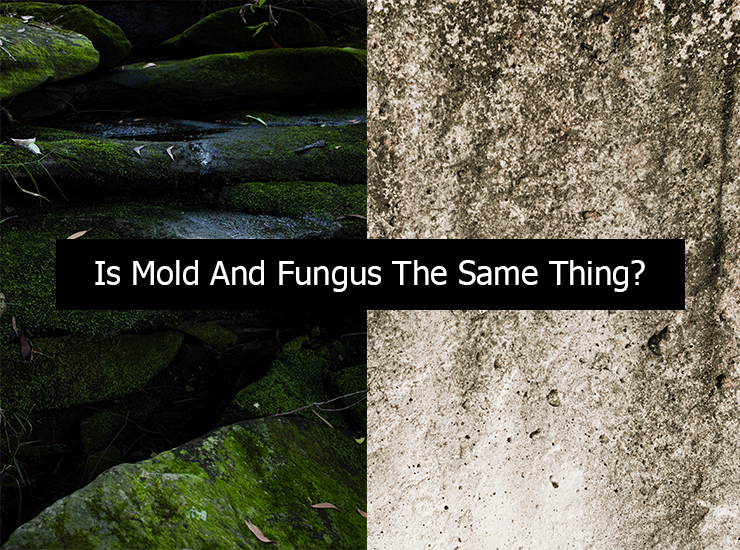Is Mold And Fungus The Same Thing? People often get to confuse things that carry the same meaning. It also means that they can differ and have similarities, but their nature and actions can be different. We know of showing two things of the same but in a moderate way. When discussing in the detail, we can show differences as a whole. They can be treated as similar whereas differences also exist.
The basic thing to understand at the beginning is how mold and fungus get confused. Both of these lie within the same top category of fungi. Fungi consist of various elements that make their structure. And mold and fungus represent these likewise. Thus, there will be common points among them in addition. At best, it is to note that mold is a multicellular organism whereas fungus is a multi or unicellular organism.
Is Mold and Fungus the Same Thing?
Anatomy of Mold
Mold is a type of fungi that can develop, expand, and show visibility easily. For this, it is easier to treat them with some simple products. It refers to a group of fungi, relatively large and that which grows in the cottony procedure. The growth of mold is preferably on organic substances. Common places to look for molds include dark and damp areas. But they also prefer places that are humid and contain moisture.
The appearance of mold is different in size and color. For instance, a mold can grow in a regular or irregular pattern. The latter is commonly seen, however. Mold colors vary from green, yellow, orange, black, brown, purple, and pink. Identifying them is also easy since they carry a unique foul smell. It resembles a smell that comes from damp forests.
While molds offer good support in the production of certain food items such as cheese. Cheese comes from penicillin which consists of mold. However, mold can also turn your food raw. This is a common thing that you can observe in fruits left open without a covering.
The kitchen, bathrooms, living rooms, and walls remain the perfect places for their growth. Kitchen sinks, bathtubs, and wooden items remain items of interest for them. Molds also always remain multicellular. And that is why they grow in groups and batches.
Anatomy of Fungus
Fungus is a part of its ‘parent’ fungus group that is the Kingdom of Fungi. There is nothing that separates it from being treated as fungi. In essence, mold is a type of fungi hence some similarities can exist. But talking of fungus, it feeds on the organic matter rather than organic substances. It can be multicellular and unicellular likewise.
Apart from molds, mushrooms and yeast exist as other components of fungus or fungi. The fungus can consist of different sub-categories, but we know a common name. And that is yeast. A fungus is easy to consider through yeast. It is great for producing sexual spores for reproduction. And it carries responsibilities in different industries.
Yeast is generally colorless, and budding helps to asexually reproduce it. In essence, yeast has wide importance for production purposes in bakeries. Whereas it is essential in ethanol and beer-making industries.
Related Articles:
5 Common Mold Myths: What You Believe May Not Be True
DIY Mold Removal: Natural Mold Killers
What Makes the Home a Great Place for Mold Growth?
When to Walk Away from a House with Mold?
How To Detect Mold Inside The Walls?

